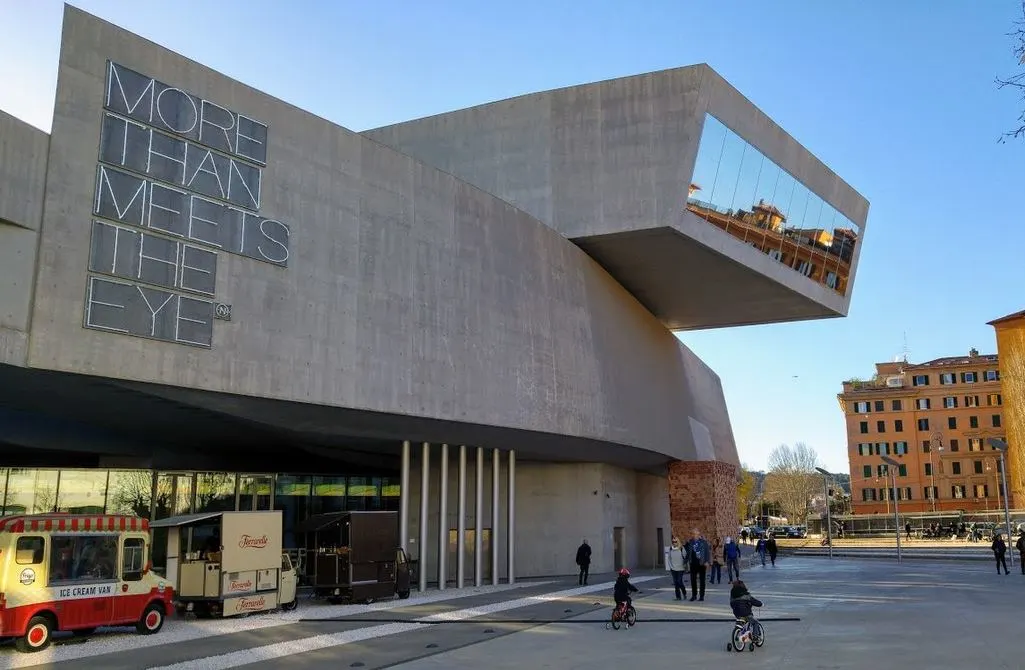When you travel to Rome, you don’t really have to visit museums. After all, Walking around in this city is the equivalent of walking inside a huge open-air museum.
You can also admire fine works of art everywhere. Inside beautiful churches, sculptures that decorate Rome’s fountains, and even obelisks in the city squares.
Better yet, Rome’s landmarks are an incredible combination of ancient monuments, Renaissance palaces, and Baroque churches.
The city features, however, a fantastic collection of art museums that allow you to admire some of the most famous artworks ever created.
In this article, I’ve made it a bit easier if you want to make a bucket list of popular art museums in Rome that you should visit.
1. Vatican Museums
The Vatican Museums are the public museums that are located in Vatican City, the small papal enclave in Rome. It houses the astounding collection of art that was amassed by the Catholic church over the centuries, as well as some of the most famous frescoes in history.
The Sistine Chapel was decorated by Michelangelo and is home to the world-famous Creation of Adam on its ceiling. Another highlight of the museums is the Raphael Rooms at the Apostolic Palace which features some of Raphael’s ultimate masterpieces. Of the collection’s 70,000+ artworks, about 20,000 are on display.
Official website: Vatican Museums
Discover more on Art Facts: Vatican Museums Paintings and Vatican Museums Sculptures
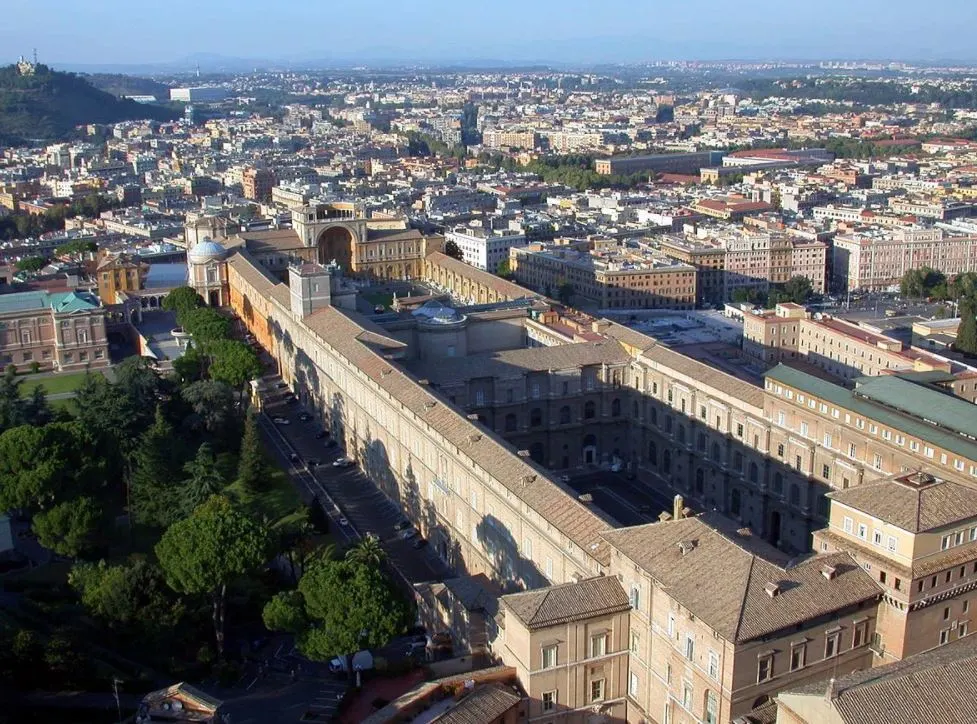
2. Galleria Borghese

The Galleria Borghese is the art gallery that is housed at the Villa Borghese in the huge Borghese Gardens in the northern part of Rome. The villa was commissioned by Cardinal Scipione Borghese (1577-1633), the nephew of Pope Paul V, to store his fast-growing collection of fine art.
The museum houses world-famous paintings by Caravaggio, of whom Scipione was a big fan, and sculptures by Bernini, whom he patronized during the early phase of his career. It’s also in this marvelous museum that you’ll find an incredible collection of Renaissance paintings in Rome.
Discover more on Art-Facts: Galleria Borghese Artworks

3. Doria Pamphilj Gallery
The Doria Pamphilj Gallery is a private museum that is housed in the opulent Palazzo Doria Pamphilj. This structure can be found just walking distance north of the Roman Forum, just north of the Altar of the Fatherland. As the name suggests, it’s owned by the noble Roman family Doria Pamphili.
The collection has its beginnings in the 16th century when 4 Roman families started collecting art. The museum was established in 1651, but it wasn’t opened to the public until the 20th century. The interior decorations in combination with the fine art it houses make this an incredible art museum in Rome to visit.
Official website: Doria Pamphilj Gallery
Discover more on Art Facts: Doria Pamphilj Gallery Paintings
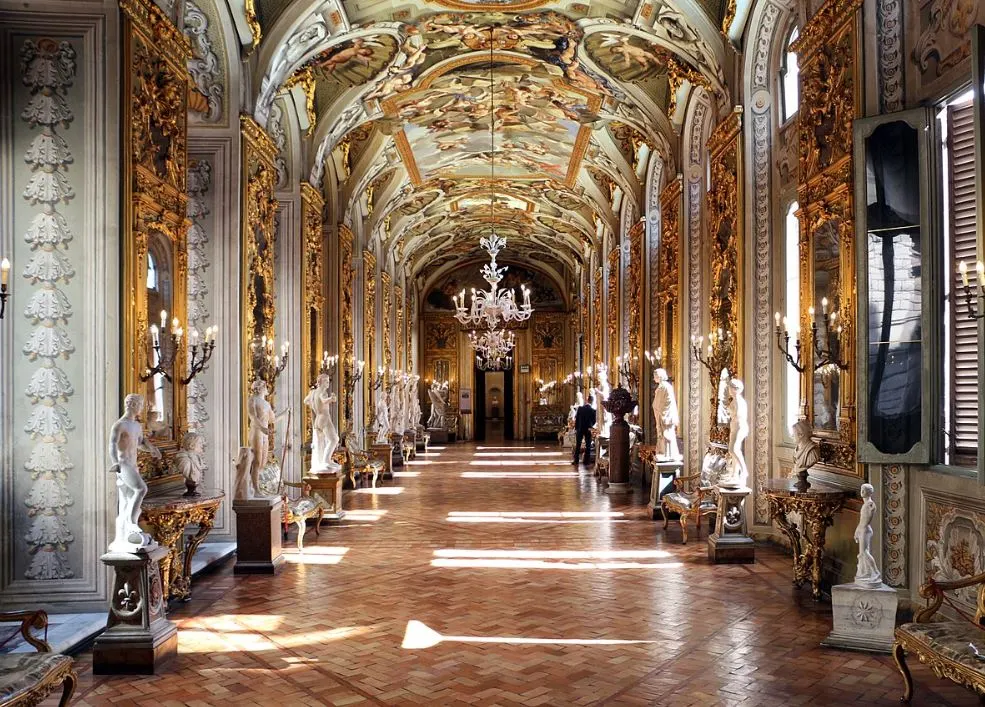
4. Galleria Nazionale d’Arte Moderna
The Galleria Nazionale d’Arte Moderna or “National Gallery of Modern and Contemporary Art” is a museum in Rome that was founded in 1883 and which is dedicated to modern and contemporary art. The museum is housed in a very beautiful building called the “Palazzo delle Belle Arti” or “Palace of Fine Arts.”
The building was constructed between 1911 and 1915 and doubled in size less than 3 decades later in 1934. Today, the museum houses over 1,100 sculptures and paintings from the 19th and 20th centuries, and the collection includes masterpieces by artists such as Paul Cézanne and Vincent van Gogh (to name just a few).
Official website: La Galleria
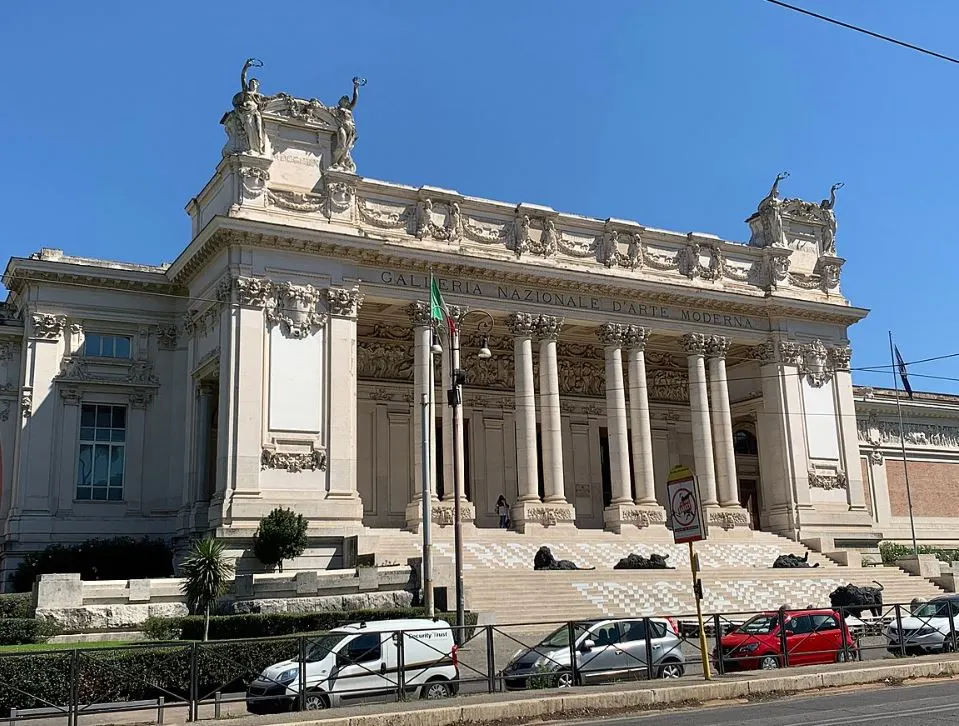
5. Capitoline Museums
The Capitoline Museums is a collection of art and archaeological museums that were named after their location, the Capitoline Hill in central Rome. This hill borders the Roman Forum on its northwestern corner and is the location of the Piazza del Campidoglio, an amazing square designed by Michelangelo.
The museums have an extended history that goes back to 1471. This was the year that Pope Sixtus IV donated several bronze sculptures to the people of Rome and had them placed on top of the hill. The museums weren’t open to the public until 1734 and are home to the original Equestrian Statue of Marcus Aurelius (which means that the one in the square is a copy).
Official website: Capitoline Museums
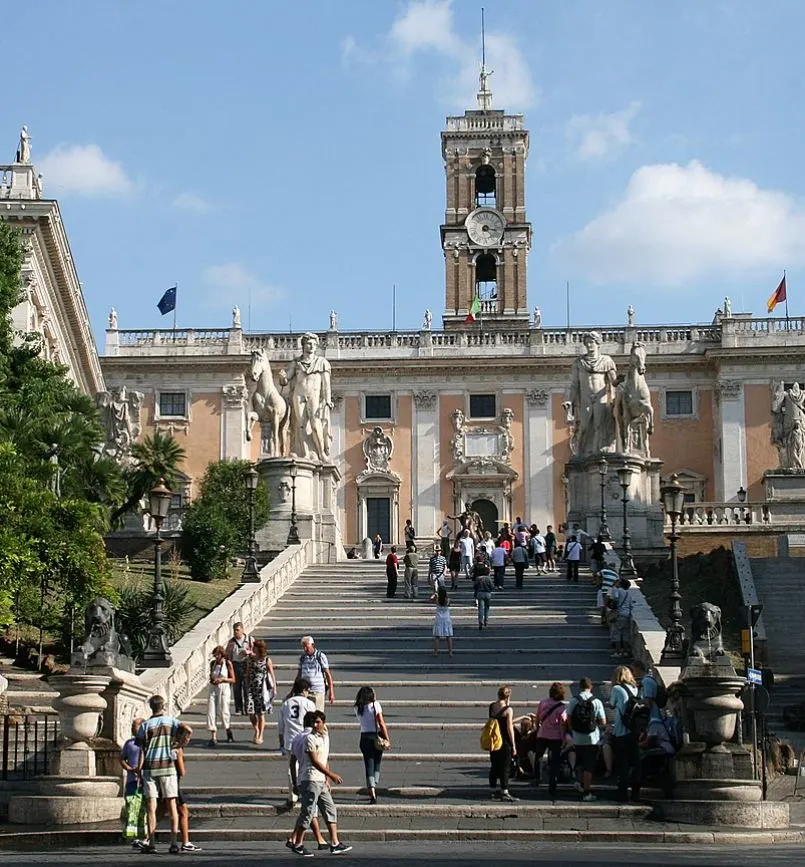
6. Galleria Spada
The Galleria Spada is another popular museum in Rome that is housed inside a palazzo that bears the same name. The Palazzo Spada, which was originally constructed in 1540, is located just west of Rome’s historical heart and just a few blocks southeast of the Palazzo Farnese. The building is home to a remarkable optical illusion created by Francesco Borromini.
Today, the art museum is owned by the Italian State which purchased it in 1926 to house both the art gallery and the City Council. The collection features a small but high-quality collection of paintings that were completed during the 16th and 17th centuries. The 18th-century interior decorations are pretty astounding as well.
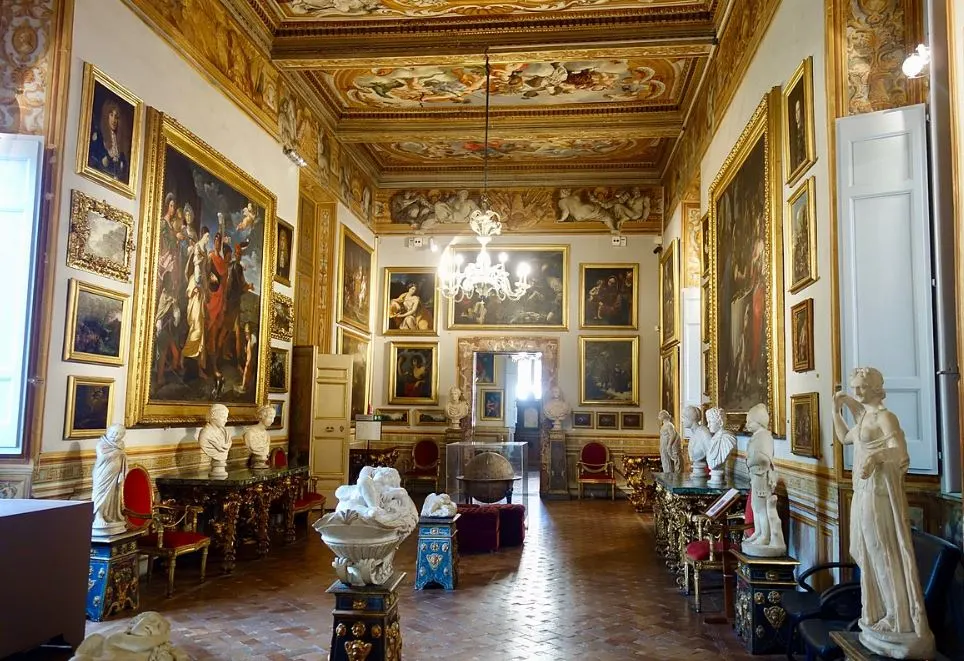
7. Galleria Nazionale d’Arte Antica
The Galleria Nazionale d’Arte Antica or “National Gallery of Ancient Art” is an art museum in Rome that is housed at the fantastic Barberini Palace. This palace can be found in the Rione Trevi in the northern part of Rome and was constructed by Pope Urban VIII in the 17th century, a member of the Barberini family.
What’s remarkable about his museum is that it doesn’t house a single ancient work of art. The national collection solely features older works of art (completed before 1800). These are on display at this amazing palace, as well as at the Palazzo Corsini, right next to the Villa Farnsesina.
Official website: Galleria Barberini
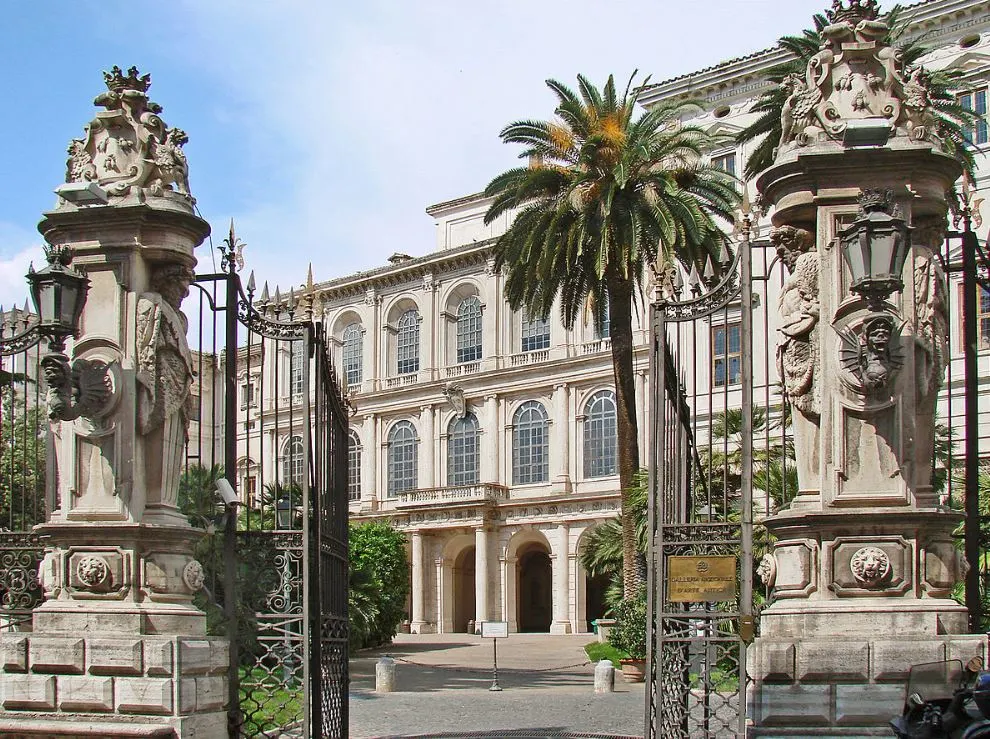
8. Galleria Colonna
The Galleria Colonna is yet another art museum in Rome that is housed in a spectacular palace, namely the Palazzo Colonna. Located at the base of Quirinal Hill, it’s just walking distance north of the Roman Forum and not too far east from the Doria Pamphili Gallery as well.
The main gallery of the palace is arguably one of the most beautiful rooms in Rome, and that’s quite a bold statement to make. Established by members of the Colonna family after 1650, it features some amazing artworks by famous Italian artists, including Bronzino, Carracci, and Tintoretto.
Official website: Galleria Colonna
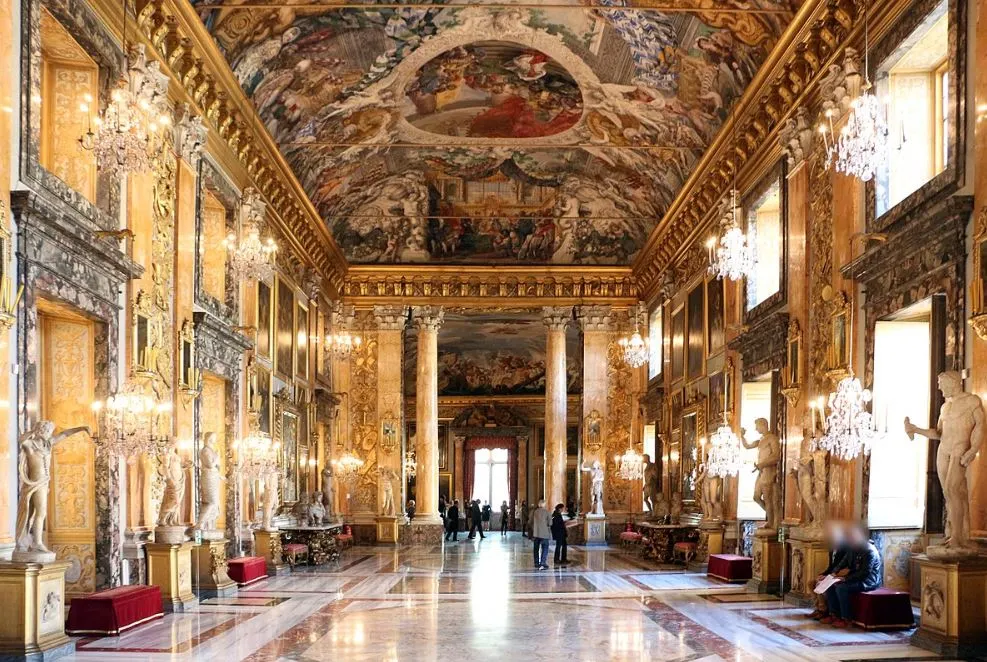
9. Centrale Montemartini
The Centrale Montemartini is a relatively new branch of the Capitoline Museums that is located in the southern part of Rome. What’s remarkable about this museum is that it is housed inside a former power plant that was active between the 1890s and 1930s and that was completely repurposed in 1997.
Today, the former power station houses an amazing collection of ancient sculptures and busts. Other ancient artworks on display here are Roman mosaics and tombs that were moved here from other branches of the Capitoline Museums. Over 400 ancient sculptures were placed in between the machines of the facility, which is quite remarkable.
Official website: Centrale Montemartini
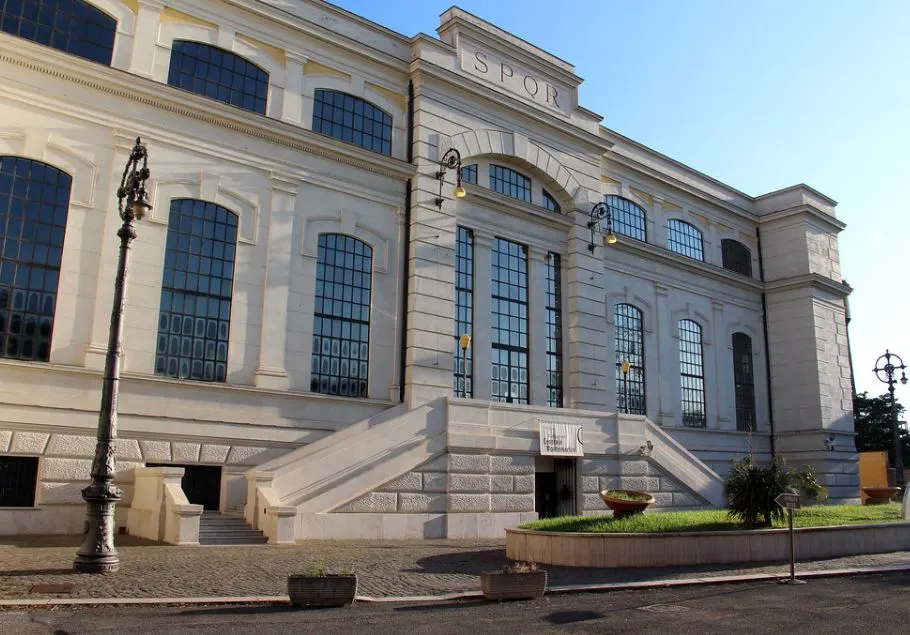
10. MAXXI
MAXXI is the short name of the Museo Nazionale delle Arti del XXI Secolo or “The National Museum of 21st-Century Arts. As the name suggests, this museum houses the national collection of contemporary art and is housed in a building that was completed in 2010.
Established by the Italian Ministry of Culture, the government organization hired renowned Iraqi-British architect Zaha Hadid to design the building. It was constructed on a site that originally housed military barracks and that can be found just southeast of the Foro Italico sports complex on the northern outskirts of Rome.
Official website: MAXXI
